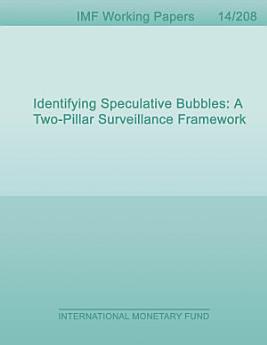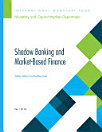Identifying Speculative Bubbles: A Two-Pillar Surveillance Framework
Nov 2014 · International Monetary Fund
Ebook
49
Pages
reportRatings and reviews aren’t verified Learn More
About this ebook
In the aftermath of the global financial crisis, the issue of how best to identify speculative asset bubbles (in real-time) remains in flux. This owes to the difficulty of disentangling irrational investor exuberance from the rational response to lower risk based on price behavior alone. In response, I introduce a two-pillar (price and quantity) approach for financial market surveillance. The intuition is straightforward: while asset pricing models comprise a valuable component of the surveillance toolkit, risk taking behavior, and financial vulnerabilities more generally, can also be reflected in subtler, non-price terms. The framework appears to capture stylized facts of asset booms and busts—some of the largest in history have been associated with below average risk premia (captured by the ‘pricing pillar’) and unusually elevated patterns of issuance, trading volumes, fund flows, and survey-based return projections (reflected in the ‘quantities pillar’). Based on a comparison to past boom-bust episodes, the approach is signaling mounting vulnerabilities in risky U.S. credit markets. Policy makers and regulators should be attune to any further deterioration in issuance quality, and where possible, take steps to ensure the post-crisis financial infrastructure is braced to accommodate a re-pricing in credit risk.
Rate this ebook
Tell us what you think.
Reading information
Smartphones and tablets
Install the Google Play Books app for Android and iPad/iPhone. It syncs automatically with your account and allows you to read online or offline wherever you are.
Laptops and computers
You can listen to audiobooks purchased on Google Play using your computer's web browser.
eReaders and other devices
To read on e-ink devices like Kobo eReaders, you'll need to download a file and transfer it to your device. Follow the detailed Help Center instructions to transfer the files to supported eReaders.






